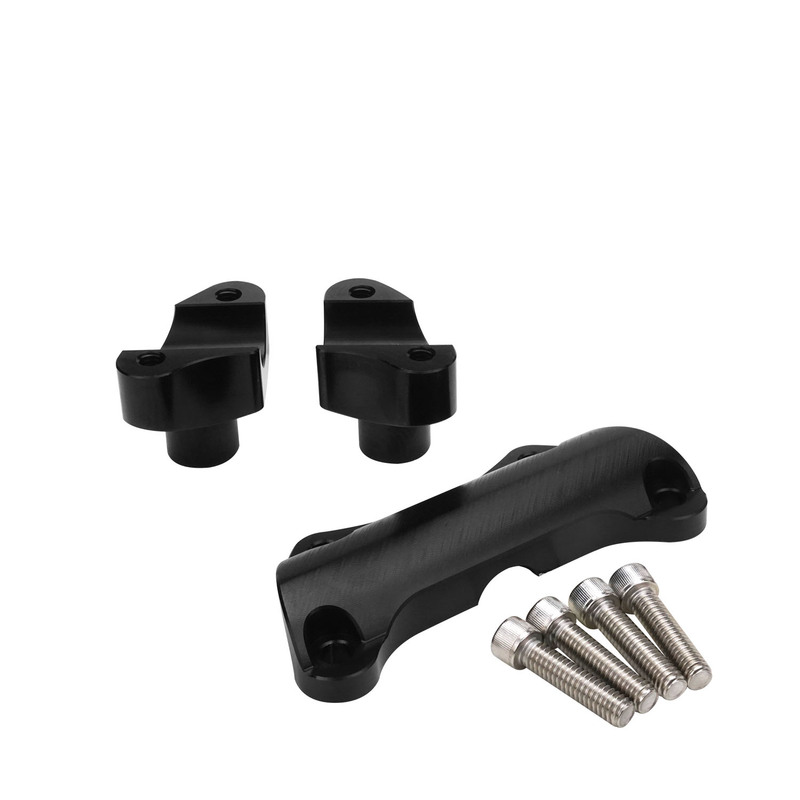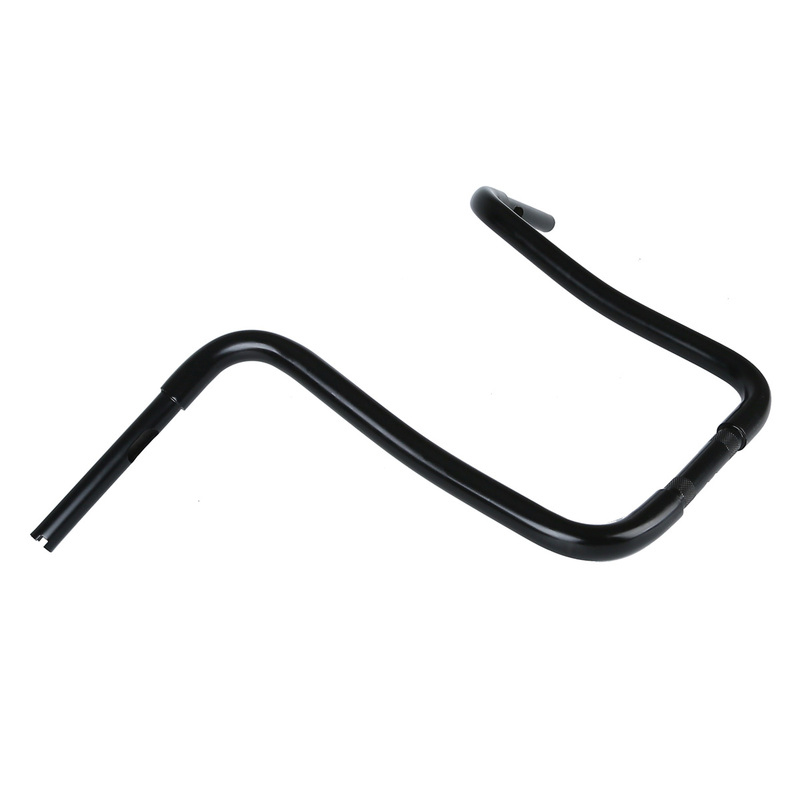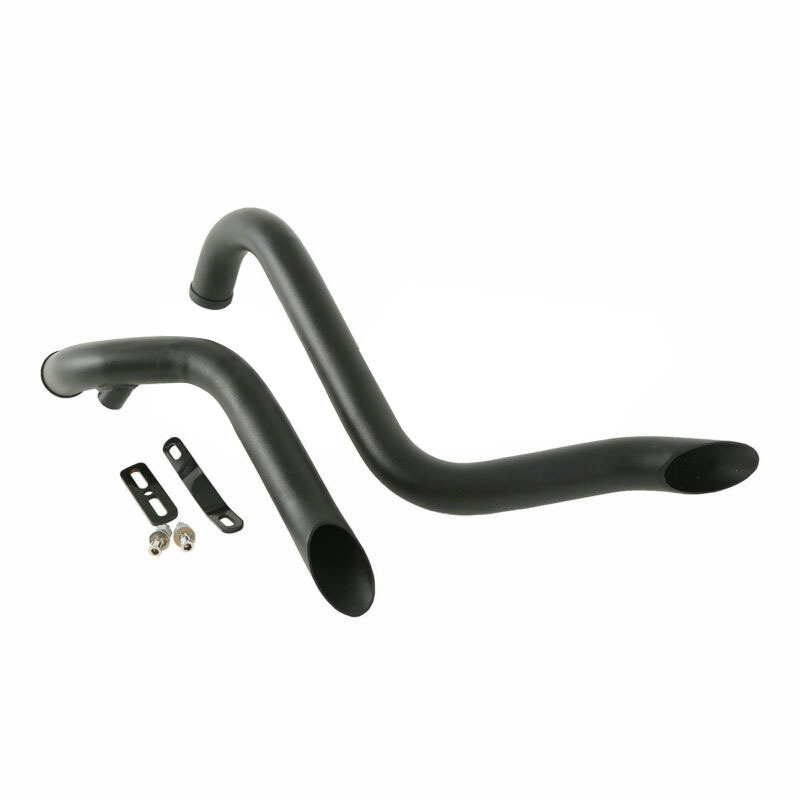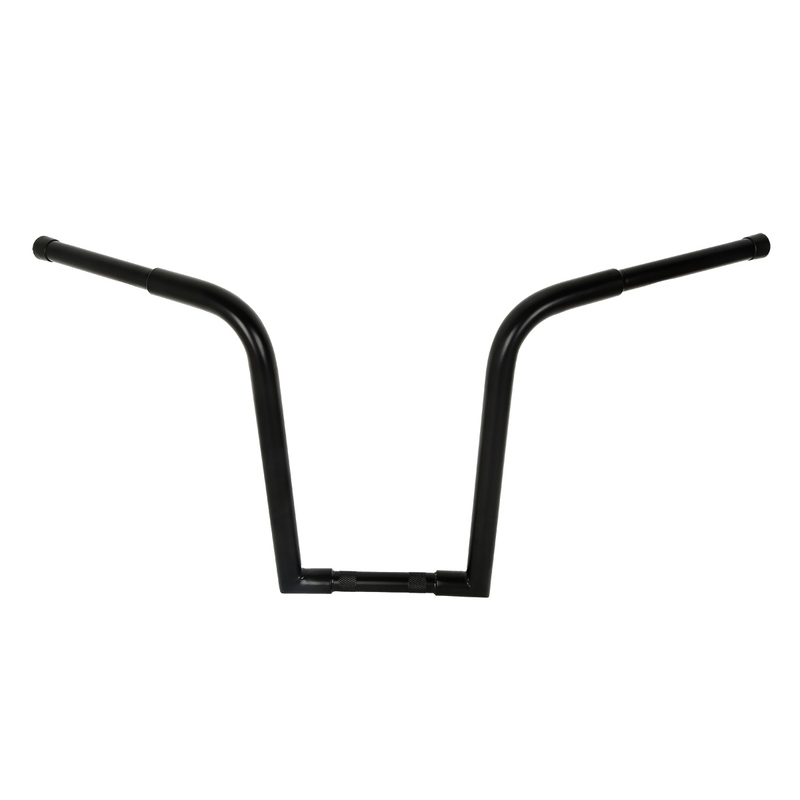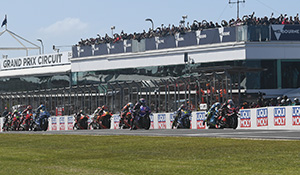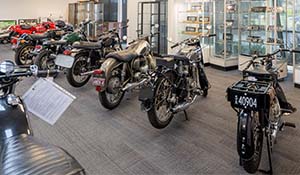2026 Kawasaki KLX300
Words: Mike Ryan
Photos: Kawasaki Motors Australia
Across their KX, KLX and KLR range, Kawasaki have plenty to offer the off-road rider. There’s now a new member of that range in the KLX300. A step up from the KLX250, and borrowing elements from the off-road only KLX300R, the KLX300 is an all-new addition to Kawasaki Australia’s lineup that’s road legal and LAMS approved.

It should be clarified that, while the KLX300 is new to Australia, it’s not an all-new model. A part of Kawasaki’s lineup in other markets since 2021, the local release of the KLX300 follows a lineage of road-legal dual-sport bikes that have included the KLX150, KLX230 and KLX250.
The KLX300 makes its Australian debut with an impressive spec list and affordable pricing. While based on the KLX300R, the KLX300 is more than just lights and indicators on that model. Adjustable suspension, rider-friendly power delivery, digital instrumentation and race-inspired styling are all pluses. The KLX300 also offers comfortable ergonomics, making it a practical proposition for the daily commute without compromising its ability in the bush. As Kawasaki puts it, the KLX300 is equally at home navigating city traffic as it is traversing a forest trail.

Engine and Trans
The 2026 KLX300 is powered by a 292cc single-cylinder engine that’s essentially the same as the unit in the KLX300R, but with slightly different outputs. While peaks on the KLX300R are 21.4kW at 8,000rpm and 26.3Nm at 7,000rpm, the KLX300 is a little mellower, with maximums of 19kW and 24Nm at the same rev range.
Compression is the same (11.1:1) across the two models, as is the 34mm throttle body and profile of the camshafts, suggesting some more power could be unlocked. As is, this liquid-cooled DOHC 4-stroke is said to offer strong low- and mid-range torque, with a powerful top end.
An ‘electrofusion’ coating on the cylinder provides superior heat transfer and improves engine reliability, while the fuel injection system is optimised for the rev range used in day-to-day riding. Electric start is standard, and dual radiators (with a cooling fan) ensure optimum cooling efficiency. A smart feature is the fan cover that directs hot air down and away from the rider, making stop-start traffic and low-speed off-road riding more comfortable.
Top speed is approximately 135km/h, with comfortable operation at 100km/h, making the KLX300 usable at highway speeds. Fuel capacity is 7.5 litres, which is 400ml less than the KLX300R.
Like the KLX300R, the KLX300 has a six-speed transmission, with the same gear ratios and chain final drive.

Frame and Suspension
The frame for the KLX300 is “enduro racer” based, of the perimeter type and light in weight. This allows for easy manoeuvrability, whether on-road or off. The swingarm is made from aluminium to also reduce weight.
While light, the frame’s high tensile steel construction, with a mix of box and tubular sections, means it’s also strong, with the rear section sturdy enough to allow an optional rack to be fitted for carrying gear.
A slightly shallower rake than the KLX300R (26.1 degrees vs 26.9 degrees) reduces trail from 109mm for 102mm, suiting inner-city manoeuvring. The trade-off is a slightly reduced steering range – 41 degrees compared to 45 degrees on the KLX300R.
Suspension combines a 43mm USD tele fork front and monoshock rear. The fork cartridges are said to provide consistent damping force, with adjustable compression, while the Uni-Trak rear offers full compression, rebound and preload adjustability.
Travel is 285mm front and 289mm rear.

Wheels, Tyres, Brakes
The KLX300 runs the same 21-inch front, 18-inch rear wheel combo as the KLX300R, but with dual purpose tyres. Of course, if there’s more dirt than tarmac on your riding menu, you can replace the standard (3.00-21 51P and 4.60-8 63P) rubber with knobbies.
Disc brakes feature at both ends, with a 250mm petal disc up front and 240mm petal disc at the rear. The front disc is slightly smaller than that on the KLX300R, but has the same dual-piston caliper, while the rear has a single-piston caliper. Being road-legal, the KLX300 comes with dual-channel ABS.

Ergos, Essentials and Instruments
As it’s made to suit a different need than the KLX300R, the KLX300 has deeper, thicker seat padding to suit long rides and ensure comfort on the daily commute. There’s also a pillion grab strap that the KLX300R doesn’t offer, as well as a tail-mounted accessory pouch.
To further improve rider comfort, the 2026 KLX300 introduces new radiator shrouds. Inspired by units on the KX motocrossers, these shrouds are slimmer than those on the previous KLX300, reducing width between the rider’s knees by 25mm.
Handlebar and footpeg position ensure a neutral, upright riding stance, but the pegs are large enough to also allow stand-up riding off-road.
A compact LED headlight is a new addition to the KLX300 for 2026, in a stacked arrangement (top low beam, bottom high beam). The indicator and tail lights retain traditional bulbs, although the tail light is now more compact.
The shroud for the headlight also protects the instrument pod, which is fully digital. Revs (bar type) and speed are the most prominent displays, with additional info limited to an odometer, dual tripmeters and a clock. There’s no fuel display, which is a little surprising for a road bike, but there is a low fuel indicator in the row of warning lights arranged under the mono LCD screen.
To improve security, the ignition lock on the 2026 KLX300 has been upgraded from three tumblers to five.

Styling
A step up from the KLX250 in terms of spec and power, the KLX300 is also a step up in style. The design has been inspired by the KX motocross family, with a mostly green finish (no white ‘race number’ side plates), while the single-piece headlight shroud is arguably a better look than the KLX250’s two-piece arrangement.
Decals on the KLX300 are identical to the KLX300R, but the plastics are different, including new two-piece side covers and those KX-style radiator shrouds. The KX aesthetic has also been applied to the rear mudguard, while the front mudguard has been reshaped. Other new-for-2026 styling touches include a two-tone seat (black top, green sides) and new fuel cap, with a black finish introduced for the mirrors and headlight brackets.
As with most other models in the KLX range, the KLX300 is offered exclusively in lime green.

Weights and Measures
The need to incorporate features like a number plate and lighting means the KLX300 does vary from the KLX300R in a few areas. At 2,185mm x 820mm x 1,220mm (LxWxH), the KLX300 is longer than its sibling, but lower and narrower.
Despite the reduced fuel capacity, the need to incorporate those roadgoing essentials means the KLX300 is 137kg wet, versus the KLX300R’s 128kg. Rating the KLX300 against the KLX250 is a more accurate comparison, as the difference is only 3kg.
Seat height is 935mm, which may be a challenge for shorter riders, especially those coming from the KLX250, which has an 890mm seat height.

2026 – Available Now
Announced in September, the LAMS-legal 2026 KLX300 is now available in Kawasaki dealerships Australia-wide. The RRP of $7,849 (+ ORCs) is significantly lower than that of the upcoming Suzuki DR-Z400, which is likely to be one of its key rivals in the market.
For more details, see your Kawasaki dealer.






